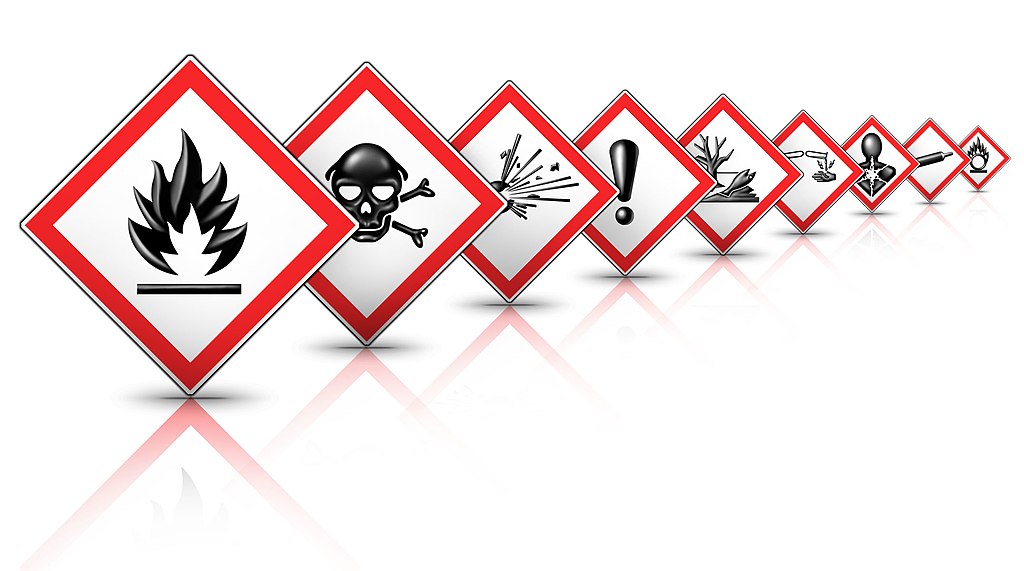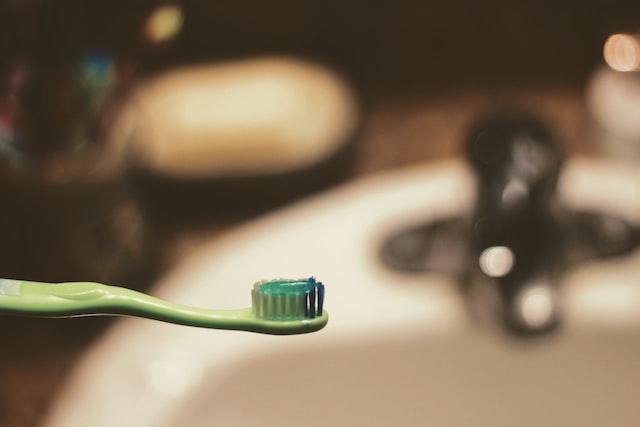Substances and mixtures with endocrine-disrupting properties pose a concern to public health and the environment. Also, substances and mixtures with persistent, bioaccumulative or toxic properties represent a very high concern, as they do not easily break down in the environment and tend to accumulate in living organisms.
What’s new?
On March 31, 2023, the European Commission published the delegated act (Regulation (EU) 2023/707), ammending Annex I to Regulation (EC) No 1272/2008 with regard to hazard classes and criteria for the classification, labeling and packaging of substances and mixtures, and introducing several new classification criteria to identify endocrine disrupting chemicals (EDCs) and persistent and mobile substances.
The amended regulation introduced 4 hazard classes for persistent and mobile substances:
- Endocrine-disrupting properties for human health (Category 1, 2)
- Endocrine-disrupting properties for the environment (Category 1, 2)
- Persistent, Bioaccumulative, and Toxic properties (PBT, vPvB)
- Persistent, Mobile, and Toxic properties (PMT, vPvM)
What now?
The new rules are in force as of 20 April 2023.
For new substances on the market, companies need to comply with the new rules from 1 May 2025, whereas substancesthat havealreadybeenon the EU market, companies have until 1 November 2026 to comply.
Separate transition times apply for mixtures. New hazard classes apply from 1 May 2026 to newmixtures, whereas companies have until 1 May 2028 to update the classification and labelling for existing mixtures.
References:







